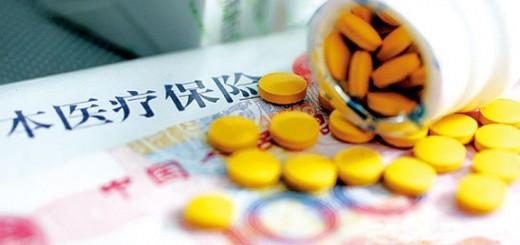| Share This Article
Research Frontiers of Medicinal Plants |
||
| DOWNLOAD |
|
Downloads Pharmacological Review of Ginsenoside Dammarane Saponin Rh2 Downloads Pharmacological Review of Ginsenoside Dammarane Saponin Rg1 Downloads Pharmacological Review of Ginsenoside Dammarane Saponin Rb1 Downloads Pharmacological Review of Aglycon Dammarane Sapogenin (AGS) – Protopanaxatriol (PPT) Downloads Pharmacological Review of Aglycon Dammarane Sapogenin (AGS) – Protopanaxadiol (PPD) |
Rh2 improves insulin sensitivity
Ginsenoside Rh2, one of the ginsenosides contained in the Panax ginseng root, was employed to screen the effect on insulin resistance of rats induced by a diet containing 60% fructose. Single intravenous injection of ginsenoside Rh2 decreased the plasma glucose concentrations in 60 minutes in a dose-dependent manner from 0.1 mg/kg to 1 mg/kg in rats with insulin resistance induced by fructose-rich chow. Repeated intravenous injection of ginsenoside Rh2 (1 mg/kg per injection, 3 times daily) into rats which received fructose-rich chow for 3 consecutive days decreased the value of glucose-insulin index, the product of the areas under the curve of glucose and insulin during the intraperitoneal (i.p.) glucose tolerance test. This means that ginsenoside Rh2 has an ability to improve insulin action on glucose disposal. The plasma glucose lowering action of tolbutamide, induced by the secretion of endogenous insulin, is widely used to characterize the formation of insulin resistance. Time for the loss of plasma glucose lowering response to tolbutamide (10 mg/kg, i.p.) in rats during insulin resistance induction by fructose-rich chow was also markedly delayed by the repeated treatment of ginsenoside Rh2, as compared to the vehicle-treated control. Thus, the repeated treatment of ginsenoside Rh2 delayed the development of insulin resistance in high fructose feeding rats. Increase of insulin sensitivity by ginsenoside Rh2 was further identified using the plasma glucose lowering action of exogenous insulin in streptozotocin-induced diabetic rats (STZ-diabetic rats). Repeated injection of ginsenoside Rh2 at the same dosing (1 mg/kg, 3 times daily) into STZ-diabetic rats for 10 days made an increase of the responses to exogenous insulin. Taken together, it can be concluded that ginsenoside Rh2 has an ability to improve insulin sensitivity and it seems suitable to use ginsenoside Rh2 as an adjuvant for diabetic patients and/or the subjects wishing to increase insulin sensitivity. Source: Lee WK, Kao ST, Liu IM, Cheng JT. Ginsenoside Rh2 is one of the active principles of Panax ginseng root to improve insulin sensitivity in fructose-rich chow-fed rats. Horm Metab Res. 2007 May;39(5):347-54 |








